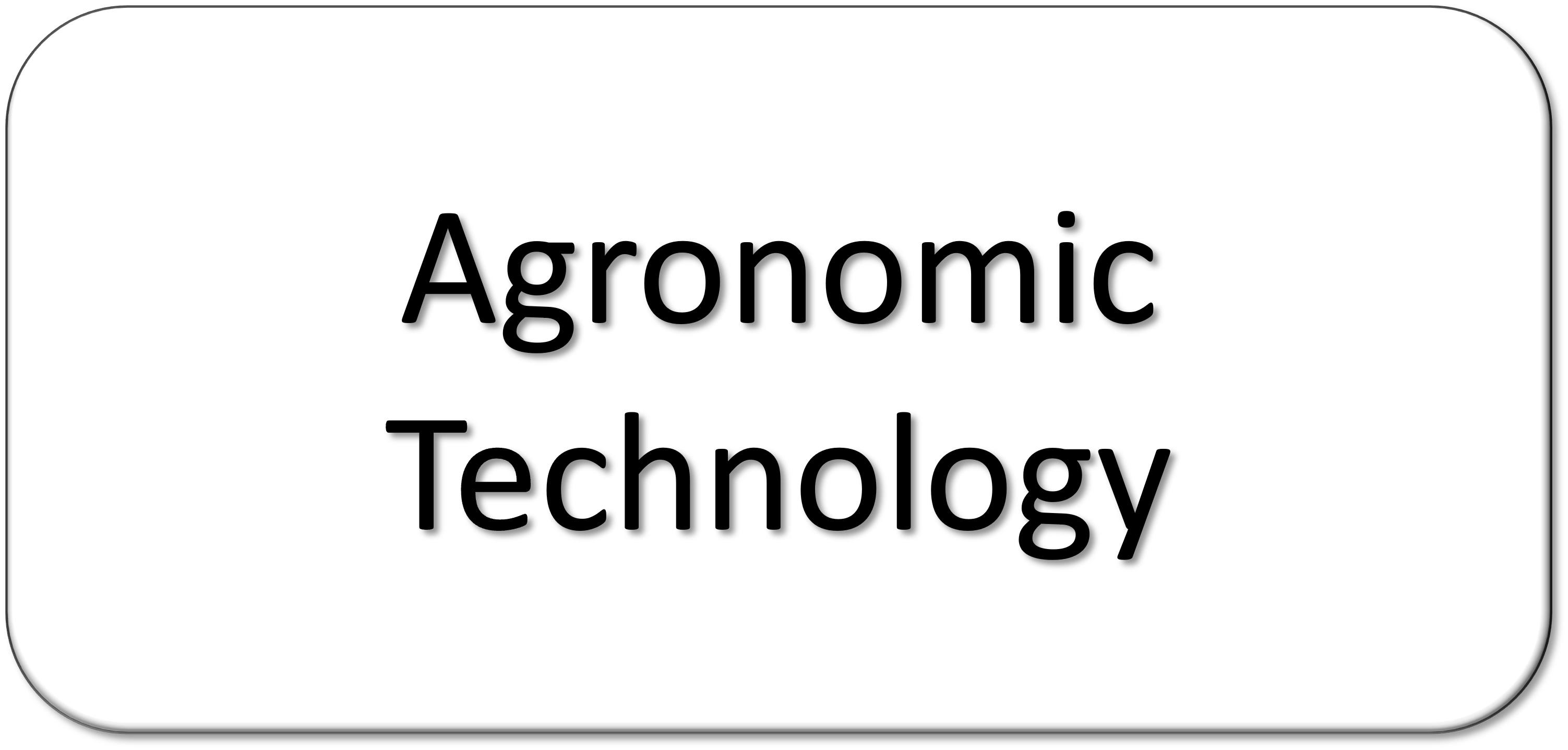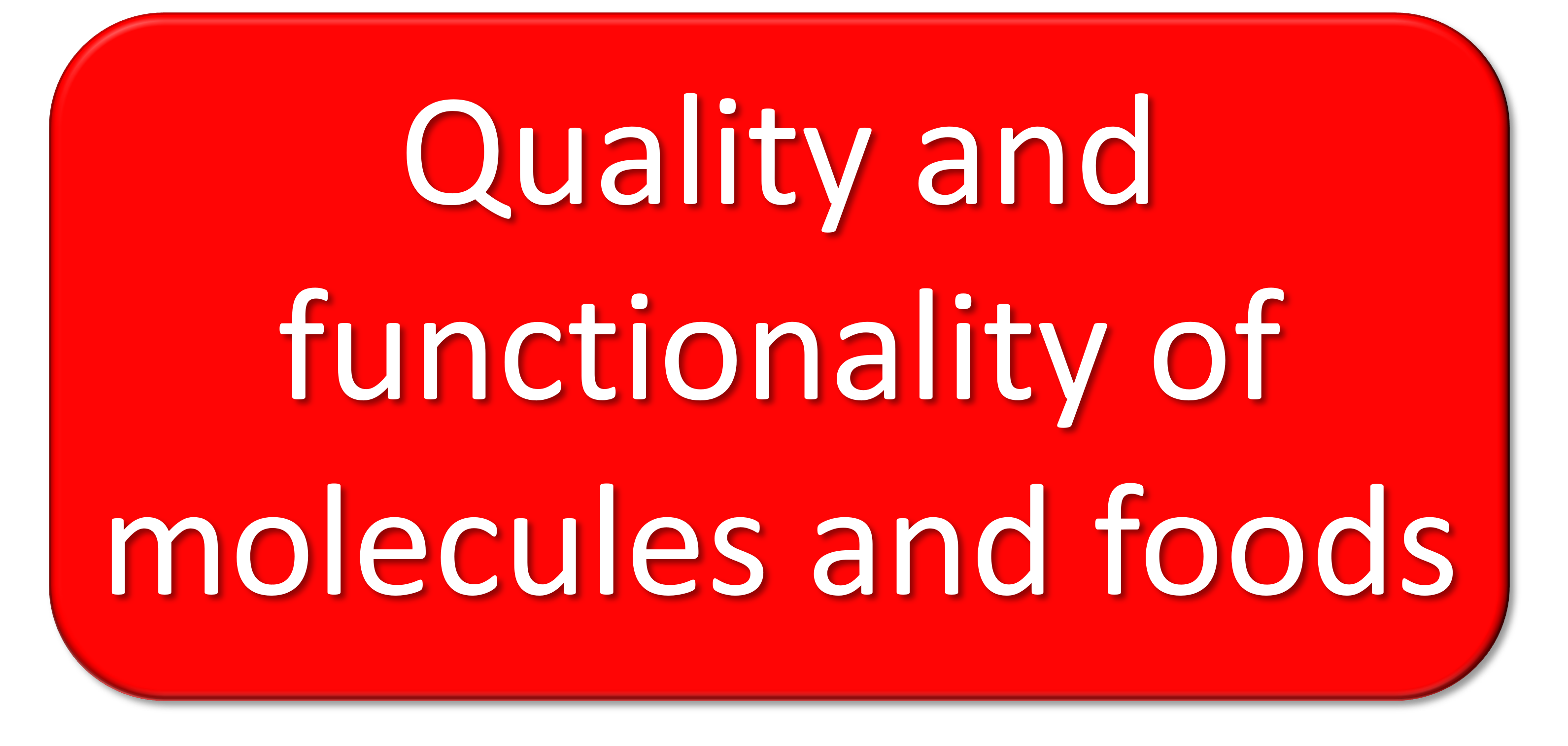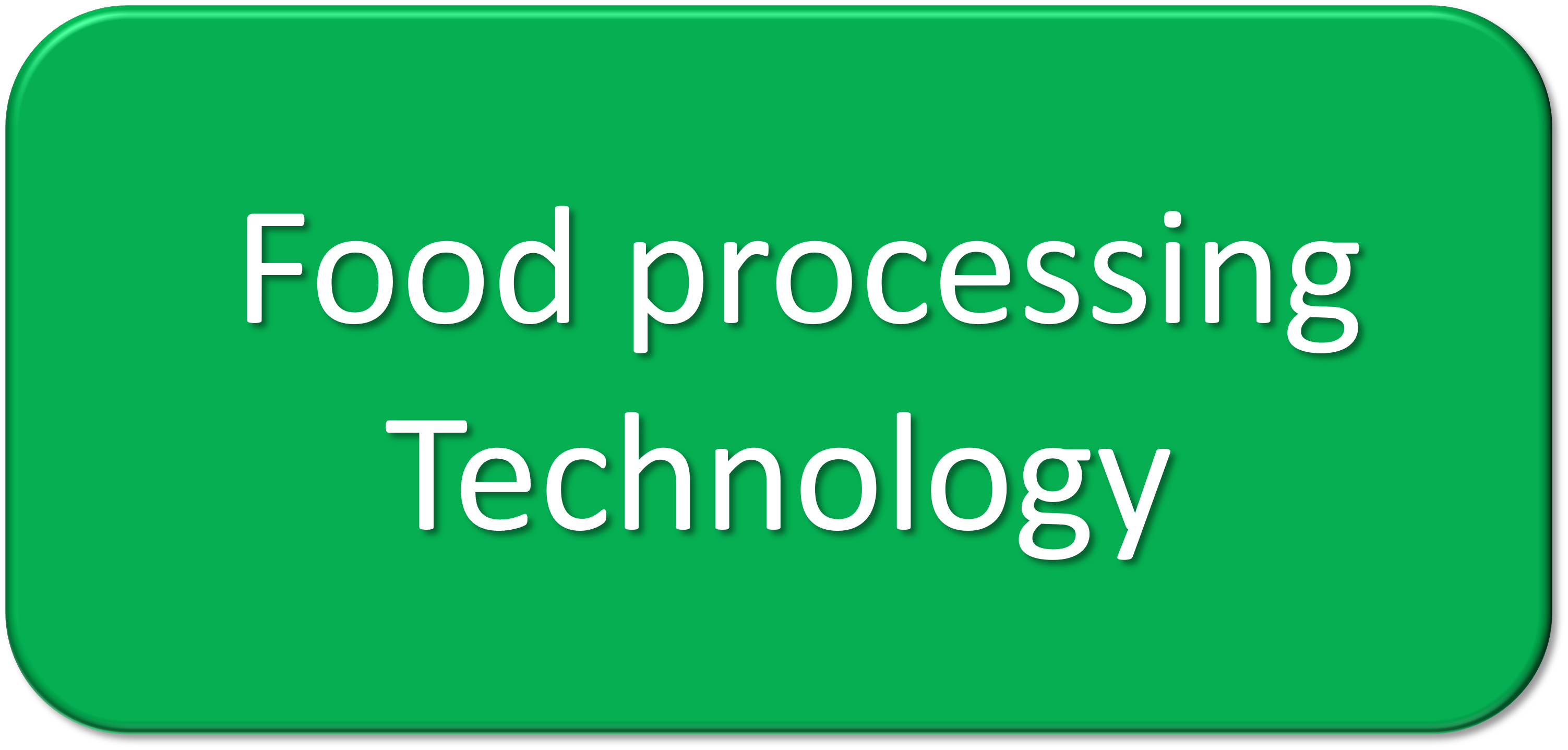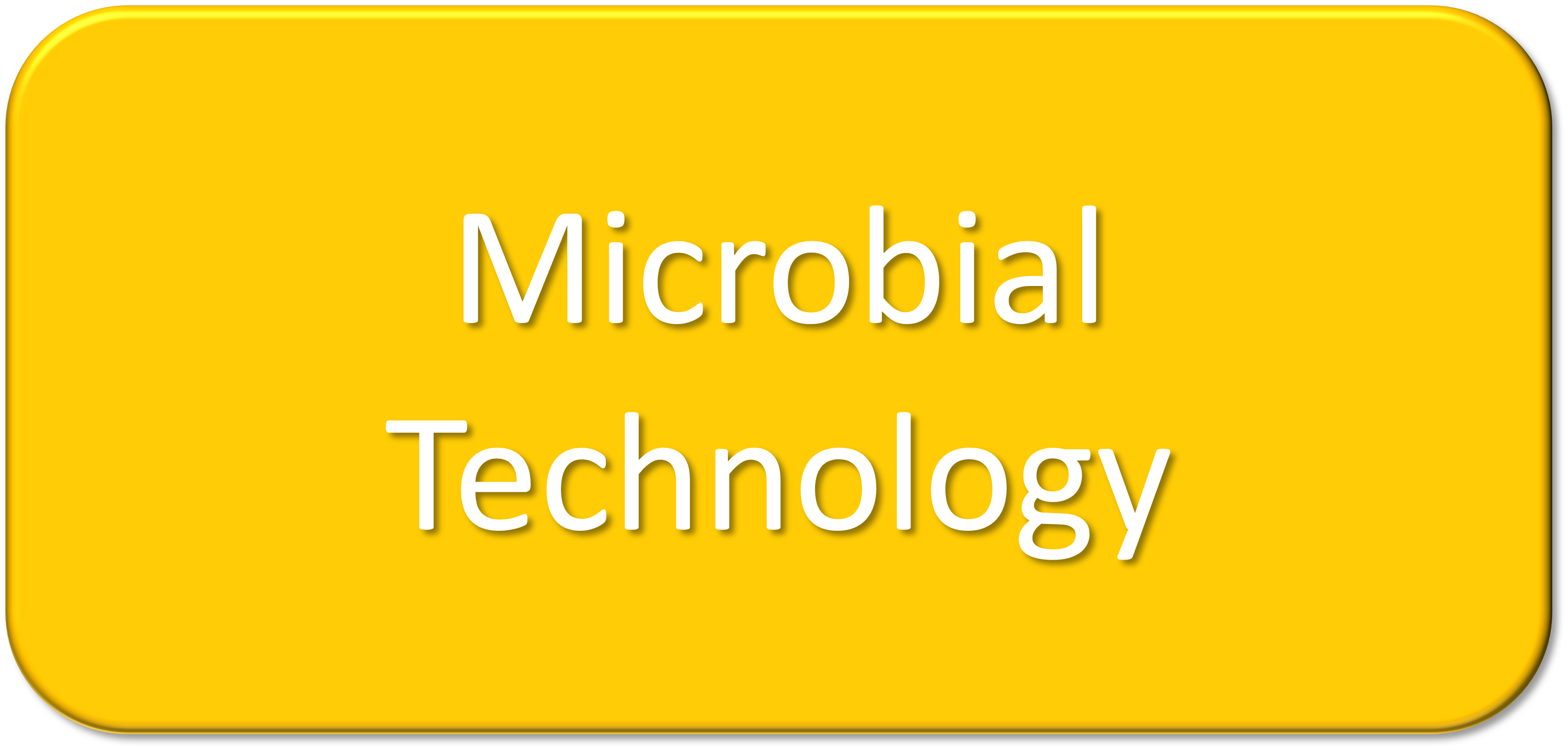 An increasing interest for agronomic technologies effective in increasing functional and nutritional properties of plant based food, is recorded either in research projects than in food industry applications. Research related to biofortification, the microbiology of the rhizosphere, the use of harpin proteins and hydroponic cultivation, have shown a relevant potential for increasing the bioavailability of micronutrients in cereals, vegetables, fruits, enhancing their functional properties. Agronomic biofortification techniques can enhance healthy properties of key Mediterranean Diet foods, and be of help in increasing nutritional value of crops Regions suffering from food shortage and nutritional deficiencies.
An increasing interest for agronomic technologies effective in increasing functional and nutritional properties of plant based food, is recorded either in research projects than in food industry applications. Research related to biofortification, the microbiology of the rhizosphere, the use of harpin proteins and hydroponic cultivation, have shown a relevant potential for increasing the bioavailability of micronutrients in cereals, vegetables, fruits, enhancing their functional properties. Agronomic biofortification techniques can enhance healthy properties of key Mediterranean Diet foods, and be of help in increasing nutritional value of crops Regions suffering from food shortage and nutritional deficiencies.
 The demonstration of the effectiveness of the biological components of functional foods is critical to enable the acceptance by the consumer and for the law relating to functional foods. Specifically, building a strong scientific basis for functional food claims relies on the ability to demonstrate the efficacy of the food’s bioactive component(s) in a science-based process, according with the following criteria:
The demonstration of the effectiveness of the biological components of functional foods is critical to enable the acceptance by the consumer and for the law relating to functional foods. Specifically, building a strong scientific basis for functional food claims relies on the ability to demonstrate the efficacy of the food’s bioactive component(s) in a science-based process, according with the following criteria:
- Biological activity: identification of a plausible mechanism to explain the effects of the bio-active component
- Biomarker identification as an independent measure of exposure to the bio-active component
- Specificity of the association: demonstration of a predictable relationship between the bioactive component and the proposed effect
- Bioavailability: body ability to absorb and use for its physiological functions molecules present in food
- Temporal relationship between the observed effect and the presence of the bioactive component
- Dose-response relationship
- Strength of association: how statistically significant are the data that support the relationship
The Nutrheff network encompasses different CNR labs that can address these issues by adopting both in vitro and in vivomodels or performing in silico analysis, considering specific features related to physiology: anti-oxidants immune-modulatory, anti-tumor, lipid-lowering, in silico biology.
 The here presented thematic area aims to evaluate the chemical, biochemical and molecular characteristics of the “health promoting” compounds, which confer functionality characteristics to foods and nutraceuticals.
The here presented thematic area aims to evaluate the chemical, biochemical and molecular characteristics of the “health promoting” compounds, which confer functionality characteristics to foods and nutraceuticals.
In this context, the main and innovative biochemical methodologies are applied for the study of proteins and enzymes, for the analysis of nucleic acids and bioactive components such as polyphenols, glucosinolates, sugars, short-chain fatty acids, with possible positive health effects. The following methodological approaches are proposed:
- purification and structural and functional characterization of bioactive components,
- identification of specific biomarkers for traceability, quality and functionality,
- genetic, biotechnological approaches and in vitro cultivation technologies for the synthesis and production of molecules with biological activity,
- isolation and characterization of genes involved in the biosynthesis of bioactive compounds
The Nutrheff network involves research groups working on chemical, biochemical, molecular and cellular biology that will allow the acquisition of the required information.
 Functional foods and nutraceuticals (i.e., respectively, foods and substances of natural extraction), thanks to their health and pharmacological properties, have demonstrated, in various randomized and double-blind studies, a good control of cardio-metabolic risk factors (hypercholesterolemia hypertriglyceridemia, diabetes, arterial hypertension). This has led the European Society of Cardiology (ESC) and Atherosclerosis (EAS) to talk of ‘’Non-pharmacological treatment’’ of cardio-metabolic risk. This therapeutic approach can represent a valid and useful strategy to reduce cardiovascular risk especially in those patients at medium-low risk, notoriously not adequately followed up, as a pharmacological intervention could appear premature and/or excessive.
Functional foods and nutraceuticals (i.e., respectively, foods and substances of natural extraction), thanks to their health and pharmacological properties, have demonstrated, in various randomized and double-blind studies, a good control of cardio-metabolic risk factors (hypercholesterolemia hypertriglyceridemia, diabetes, arterial hypertension). This has led the European Society of Cardiology (ESC) and Atherosclerosis (EAS) to talk of ‘’Non-pharmacological treatment’’ of cardio-metabolic risk. This therapeutic approach can represent a valid and useful strategy to reduce cardiovascular risk especially in those patients at medium-low risk, notoriously not adequately followed up, as a pharmacological intervention could appear premature and/or excessive.
 Functional foods are proposed as virtuous and healthier alternatives or integrations to common citizens’ diet. According to this aim is important to assess foods sensory attributes , to understand which of the taste, flavor and texture features, can boost consumption, or, on the opposite, reduce acceptability. The scientific discipline of Sensory Analysis, as applied by CNR, allows the development of reliable organoleptic profiles of novel foods and the comparison with traditional ones. The Consumer Science, based on a direct involvement of consumers, through the use specific survey and test protocols, can implement and validate Sensory Analysis data, obtained by trained panels, with hedonic evaluations, consistently correlated to actual consumer food choices. These information are useful for estimating the potential consumer appreciation. These basis are of use for planning product improvement, and/or define strategies for promoting novel functional foods, through activities on healthy diet education to support the adoption by a the population.
Functional foods are proposed as virtuous and healthier alternatives or integrations to common citizens’ diet. According to this aim is important to assess foods sensory attributes , to understand which of the taste, flavor and texture features, can boost consumption, or, on the opposite, reduce acceptability. The scientific discipline of Sensory Analysis, as applied by CNR, allows the development of reliable organoleptic profiles of novel foods and the comparison with traditional ones. The Consumer Science, based on a direct involvement of consumers, through the use specific survey and test protocols, can implement and validate Sensory Analysis data, obtained by trained panels, with hedonic evaluations, consistently correlated to actual consumer food choices. These information are useful for estimating the potential consumer appreciation. These basis are of use for planning product improvement, and/or define strategies for promoting novel functional foods, through activities on healthy diet education to support the adoption by a the population.
 In recent years, many innovations have found practical applications in the agri-food world. Food processing technology helps food manufactures produce foods richer in bioactive components. An example is that of fermented foods associated with a number of health benefits; fermentation also promotes the growth of beneficial bacteria, known as probiotics. Through high resolution system ( chromatography, electrophoresis, mass spectrometry) it is possible to isolate, identify and quantify compounds with nutraceutical properties. New technologies also guarantee food safety by increasing the transparency and traceability of a product; for example QR code labels and digital audit tool apps are important for food safety. Several new process technologies are currently in use to obtain innovative, biodegradable and compostable packaging.
In recent years, many innovations have found practical applications in the agri-food world. Food processing technology helps food manufactures produce foods richer in bioactive components. An example is that of fermented foods associated with a number of health benefits; fermentation also promotes the growth of beneficial bacteria, known as probiotics. Through high resolution system ( chromatography, electrophoresis, mass spectrometry) it is possible to isolate, identify and quantify compounds with nutraceutical properties. New technologies also guarantee food safety by increasing the transparency and traceability of a product; for example QR code labels and digital audit tool apps are important for food safety. Several new process technologies are currently in use to obtain innovative, biodegradable and compostable packaging.
 The functional foods and nutraceuticals sector represents one of the most important areas of interdisciplinary development and has gained even greater strength in recent years following the serious global health crisis and the consequent renewed awareness of consumers of the close link between nutrition and well-being. In Italy and worldwide, the functional food market is constantly growing, as is the demand from consumers. It is therefore clear that scientific research must take on a leading role in responding adequately to the constant attention paid by the mass media, the general public and also by policy makers. The proliferation of fake news and unreliable pseudo sources has highlighted the need to reduce the gap between science and the population through an adequate communication plan, in order to understand the real needs of citizens, respond clearly and concretely to the most common requests and clarify some emblematic aspects by offering the public solid foundations for a greater awareness and thoughtful choices.
The functional foods and nutraceuticals sector represents one of the most important areas of interdisciplinary development and has gained even greater strength in recent years following the serious global health crisis and the consequent renewed awareness of consumers of the close link between nutrition and well-being. In Italy and worldwide, the functional food market is constantly growing, as is the demand from consumers. It is therefore clear that scientific research must take on a leading role in responding adequately to the constant attention paid by the mass media, the general public and also by policy makers. The proliferation of fake news and unreliable pseudo sources has highlighted the need to reduce the gap between science and the population through an adequate communication plan, in order to understand the real needs of citizens, respond clearly and concretely to the most common requests and clarify some emblematic aspects by offering the public solid foundations for a greater awareness and thoughtful choices.
 In recent years, microbiology -applied both in the agricultural, food and health as well as environmental sectors- aroused growing interest, both at a scientific level and from the consumer, who is increasingly sensitive to a healthy, safe and wholesome diet and lifestyle, and more inclined to environmental protection and eco-sustainability. This also presupposes the need to develop increasingly finer, more sensitive, and rapid microbiological analysis technologies, which, also through biomolecular, micro- and nanotechnological approaches, optical techniques (for example, biospeckle) are now able to determine the composition of the microbiome of any living organism, animal and plant. Microbial techniques also allow evaluating, also with the help of “omics” approaches and studies on cellular metabolism microbial, the mechanisms of microbial resistance-sensitivity to antibiotics (synthetic or natural), the biodiversity of microorganisms present in a given environment, and the influence exerted on them by environmental stresses (for example resistance-resilience to drought).
In recent years, microbiology -applied both in the agricultural, food and health as well as environmental sectors- aroused growing interest, both at a scientific level and from the consumer, who is increasingly sensitive to a healthy, safe and wholesome diet and lifestyle, and more inclined to environmental protection and eco-sustainability. This also presupposes the need to develop increasingly finer, more sensitive, and rapid microbiological analysis technologies, which, also through biomolecular, micro- and nanotechnological approaches, optical techniques (for example, biospeckle) are now able to determine the composition of the microbiome of any living organism, animal and plant. Microbial techniques also allow evaluating, also with the help of “omics” approaches and studies on cellular metabolism microbial, the mechanisms of microbial resistance-sensitivity to antibiotics (synthetic or natural), the biodiversity of microorganisms present in a given environment, and the influence exerted on them by environmental stresses (for example resistance-resilience to drought).
Microbial techniques, associated with biochemical approaches and classic and innovative cellular models (for example, 2D and 3D spheroids), make it possible to study not only microorganisms but also their primary and secondary metabolites, for example, mycotoxins which constitute a serious problem for agriculture, the environment, and human health.

